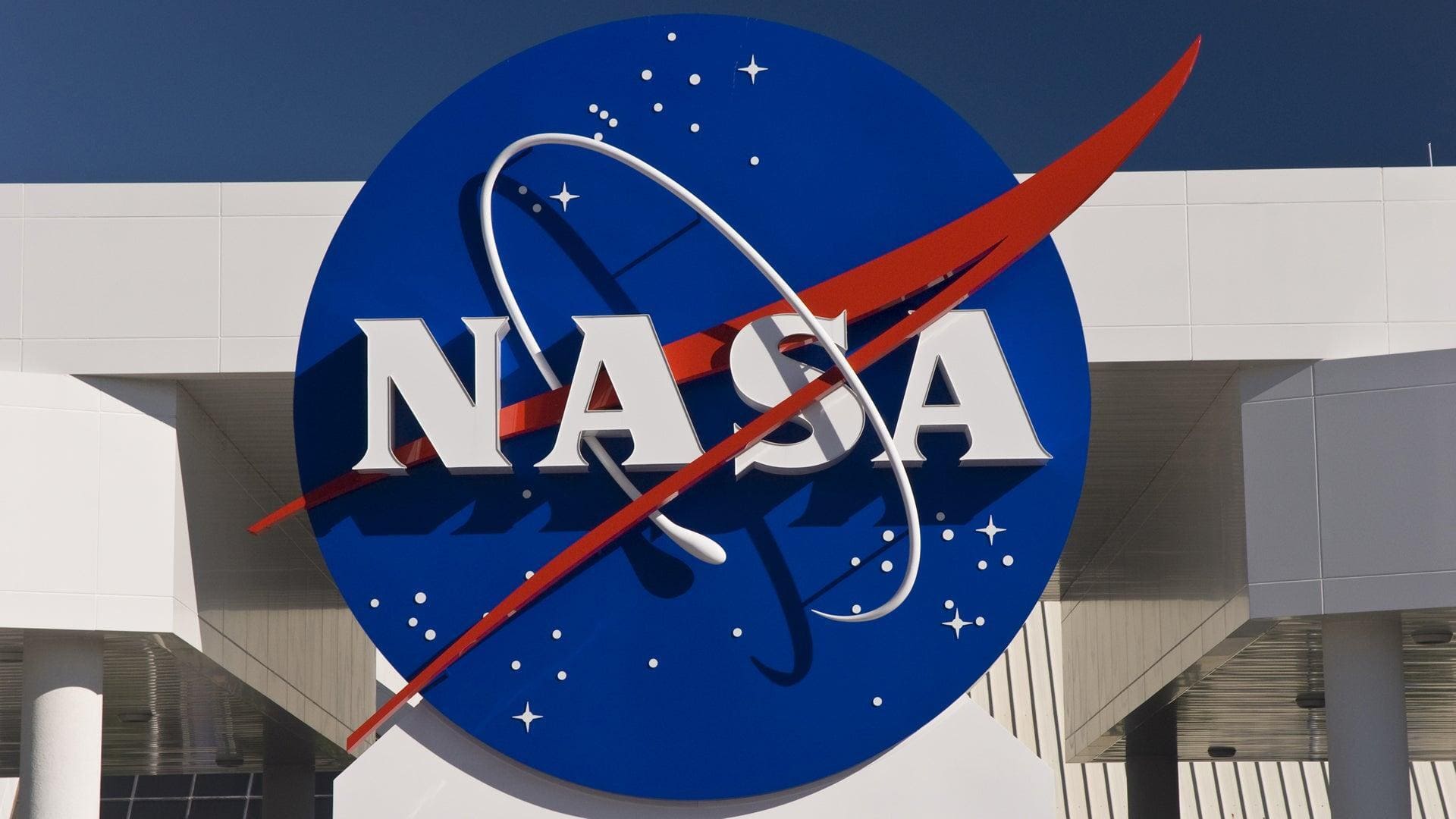
NASA is inviting students to build pocket-sized spacecraft
What's the story
NASA has announced an initiative for CubeSat developers to construct the small spacecraft. These will be launched through the agency's CubeSat Launch Initiative (CSLI) between 2026-2029. CubeSats are a category of nanosatellites, sized in multiples of a standard unit known as "U." A 1-Unit (1U) CubeSat measures approximately 10x10x11cm, compact enough to fit in one's palm. The CSLI is designed to provide space access to US educational institutions, certain non-profit organizations, and informal educational facilities like museums and science centers.
Initiative
CSLI is a big platform
The CSLI includes NASA centers that are focused on workforce development, such as the agency's Jet Propulsion Laboratory in southern California. The initiative also encourages participation from "minority serving institutions." Till now, NASA has selected CubeSat missions from 45 states, and launched around 160 CubeSats.
Program goals
A stepping stone for students into space industry
Jeanie Hall, CSLI program executive at NASA Headquarters in Washington, stated that working with CubeSats is a method to spark student interest in pursuing a career in the space industry. Hall added that NASA annually reviews applications for CubeSat missions, and selects projects with an educational component that can also benefit the agency in enhancing its understanding of education, science, exploration, and technology.
Application
Proposal submission and selection process
Proposals for CubeSat missions must be submitted by 5pm EST, November 15 (2.30am IST, November 16). NASA plans to make the selections by March 14, 2025, for flight opportunities in the years 2026-2029. Notably, being selected does not guarantee a launch opportunity. The applicants are responsible for funding the development of these small satellites themselves.
Execution
Launch and deployment of selected CubeSat missions
Selected CubeSats are assigned a launch and deployment, directly from a rocket or to low Earth orbit (LEO) from the International Space Station. Once accepted, NASA mission managers will act as advisors to the CubeSat team, ensuring that the technical, safety, and regulatory requirements are met before launch. The selected teams will improve their skills in hardware design and development while gaining knowledge in operating the CubeSats.
Mission highlights
Recent CubeSat missions
Eight CubeSat missions recently hitched a ride to space on Firefly Aerospace's Alpha rocket, launched from Vandenberg Space Force Base in California. Notable among these were CatSat, built by University of Arizona students to test a deployable antenna attached to a Mylar balloon, and KUbeSat-1, built by the University of Kansas to test a new method of measuring cosmic rays hitting Earth.